Home>Ideas and Tips>How To Design A Wildlife-Friendly Garden
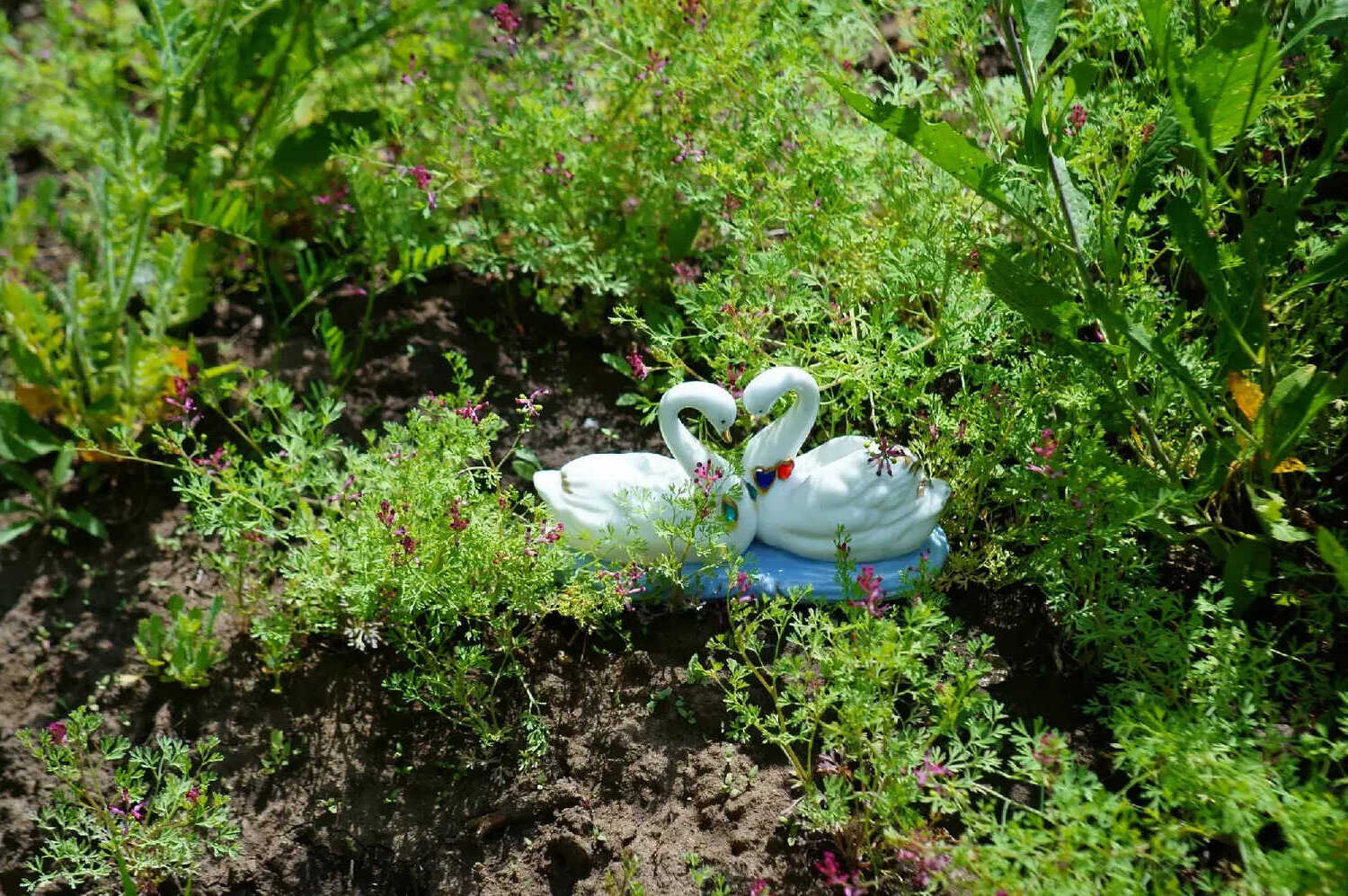

Ideas and Tips
How To Design A Wildlife-Friendly Garden
Published: August 28, 2024
Learn how to design a wildlife-friendly garden with native plants, diverse habitats, and eco-friendly practices to attract birds, bees, and butterflies.
(Many of the links in this article redirect to a specific reviewed product. Your purchase of these products through affiliate links helps to generate commission for Storables.com, at no extra cost. Learn more)
Creating a wildlife-friendly garden is not only beneficial for the environment but also enhances the aesthetic appeal of your outdoor space. By designing a habitat that invites birds, bees, butterflies, and other wildlife, you can enjoy the beauty of nature right in your own backyard. In this article, we will guide you through the steps to transform your garden into a haven for wildlife.
Plant Native Species
One of the most crucial steps in designing a wildlife-friendly garden is to plant native species. Native plants are best suited to the local climate and soil conditions, making them ideal for supporting local wildlife. These plants provide food and shelter for birds, butterflies, and other creatures, helping to create a balanced ecosystem in your yard. Additionally, native plants require less water and maintenance compared to non-native species, making them a sustainable choice for your landscape.
For example, if you live in an area with a temperate climate, consider planting native species like blackthorn, buckthorn, or fruit trees such as plum and apple. These plants will attract a variety of wildlife that are active earlier in the year. For species that are still active later in the year, ling or ivy can be excellent additions to your garden. Rotting fruit is also an excellent food source for butterflies and other insects.
Butterfly-Friendly Plants
Butterflies are attracted to nectar-rich flowers. Some butterfly-friendly plants include:
- Butterfly Bush: Known for its long, thin tubes that are particularly popular with butterflies.
- Coneflower: A favorite among many butterfly species.
- Milkweed: Essential for monarch butterflies, as it is the only plant that their caterpillars can feed on.
Bee-Friendly Plants
Bees are attracted to flowers with different shapes and sizes. Some bee-friendly plants include:
- Honeysuckle: With its long, thin tubes that are particularly popular with bees.
- Bellflowers: Great for bees due to their bell-shaped flowers.
- Foxgloves: Tall spikes of tubular flowers that attract a variety of pollinators.
Create a Variety of Habitats
To attract a diverse range of wildlife to your landscape, it’s important to create a variety of habitats. This can include planting trees, shrubs, and flowers to provide food and shelter for different species. Consider adding a water feature, such as a birdbath or pond, to attract birds and other wildlife that require water for drinking and bathing.
Different Levels of Vegetation
Creating different levels of vegetation will help accommodate a variety of wildlife. For example:
- Tall Trees: Provide shelter and food for birds and small mammals.
- Shrubs: Offer shelter and berries for birds and small mammals.
- Ground Cover: Provides shelter and food for insects and small animals.
Wet Areas
Wet areas in your garden can be particularly beneficial for wildlife. These areas can encourage everything from toads and salamanders to dragonflies and other wetland insects and butterflies. Consider planting native iris, orchids, and blueberries in these areas.
Avoid Chemicals
Using pesticides and herbicides in your landscape can be harmful to wildlife as well as to the environment. Instead of relying on chemicals to control pests and weeds, consider using natural alternatives such as beneficial insects and organic mulch.
Beneficial Insects
Beneficial insects like ladybugs and lacewings can help control pest populations naturally. These insects are attracted to gardens with a variety of flowers that provide nectar and pollen.
Organic Mulch
Organic mulch made from natural materials like wood chips or straw can help suppress weeds without harming wildlife. It also helps retain moisture in the soil, reducing the need for frequent watering.
Read more: How To Design A Cut Flower Garden
Provide Nesting Sites
To encourage birds and other wildlife to take up residence in your landscape, provide nesting sites that mimic their natural habitats. This can include birdhouses, bat boxes, and bee hotels. Leaving dead trees and branches in place for nesting and roosting is also beneficial.
Birdhouses
Birdhouses come in various shapes and sizes to accommodate different bird species. Make sure to place them in areas that receive partial shade to full sun, depending on the species you are trying to attract.
Bat Boxes
Bat boxes provide shelter for bats during the day. Bats are important pollinators and insectivores, making them valuable additions to any wildlife garden.
Bee Hotels
Bee hotels offer a place for solitary bees to nest. These bees are essential pollinators and can be attracted to gardens with a variety of flowers.
Read more: How To Design A Low-Maintenance Landscape
Maintain Your Garden Properly
Once you’ve designed a wildlife-friendly landscape, it’s important to maintain it properly to continue supporting local wildlife. This includes regular watering, weeding, and pruning to keep your plants healthy and vibrant.
Regular Watering
Regular watering is crucial for maintaining healthy plants. However, avoid overwatering as this can create barriers for wildlife and inhibit natural behaviors.
Weeding
Weeding is essential for keeping your garden free from invasive species that can outcompete native plants. Use natural methods like hand-weeding or using a weeding fork to avoid harming beneficial insects.
Pruning
Pruning helps control the size of plants and encourages new growth. Prune plants during their dormant season to avoid stressing them out.
Read more: How To Design A Rock Garden
Avoid Over-Mulching
Avoid over-mulching as this can create barriers for wildlife and inhibit natural behaviors. Leave leaf litter and plant debris in place to provide habitat for insects and other small creatures.
Record Your Wildlife
Recording the animals you see in your garden is invaluable for those working to protect the futures of wildlife. Take photos and keep a note of the animals you spot in your garden or local area and when you saw them.
Sharing Your Records
Your records and photos can be shared through nationwide schemes like the Big Garden Birdwatch and the Garden Butterfly Survey. You can also use apps like iRecord or iNaturalist to document your findings.
Conclusion
Designing a wildlife-friendly garden is a rewarding way to support local wildlife and create a beautiful, sustainable outdoor space. By planting native species, creating diverse habitats, avoiding chemicals, providing nesting sites, and maintaining your garden properly, you can attract a variety of birds, bees, butterflies, and other wildlife to your landscape.
Remember that every small change can help. Even in urban environments where space is limited, you can create habitat for wildlife by installing green roofs, vertical gardens, and rain gardens. Use native plants and avoid chemicals to promote biodiversity in these spaces.
By following these steps and tips, you can transform your garden into a haven for wildlife and contribute to the preservation of nature in your community.
Was this page helpful?
At Storables.com, we guarantee accurate and reliable information. Our content, validated by Expert Board Contributors, is crafted following stringent Editorial Policies. We're committed to providing you with well-researched, expert-backed insights for all your informational needs.
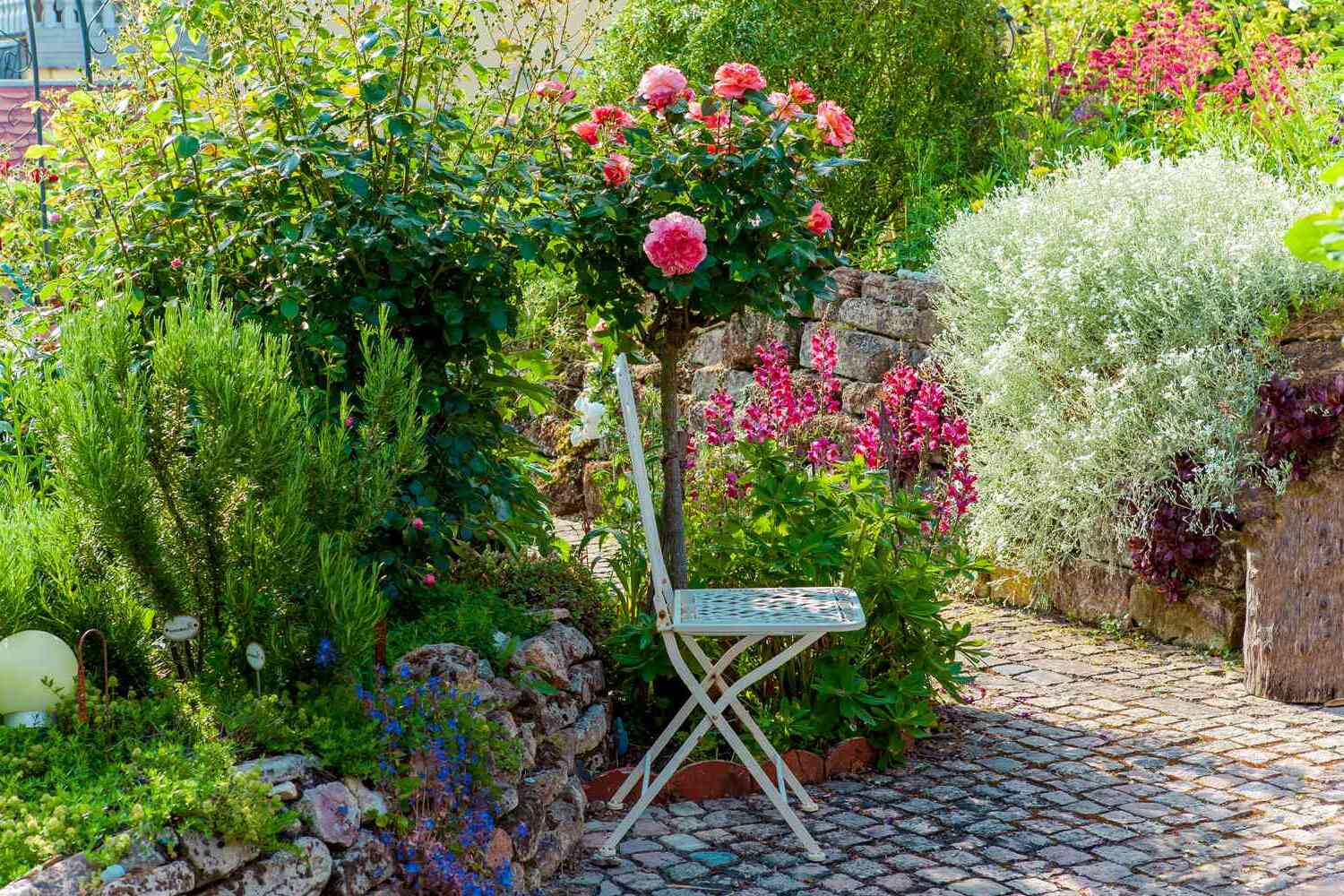
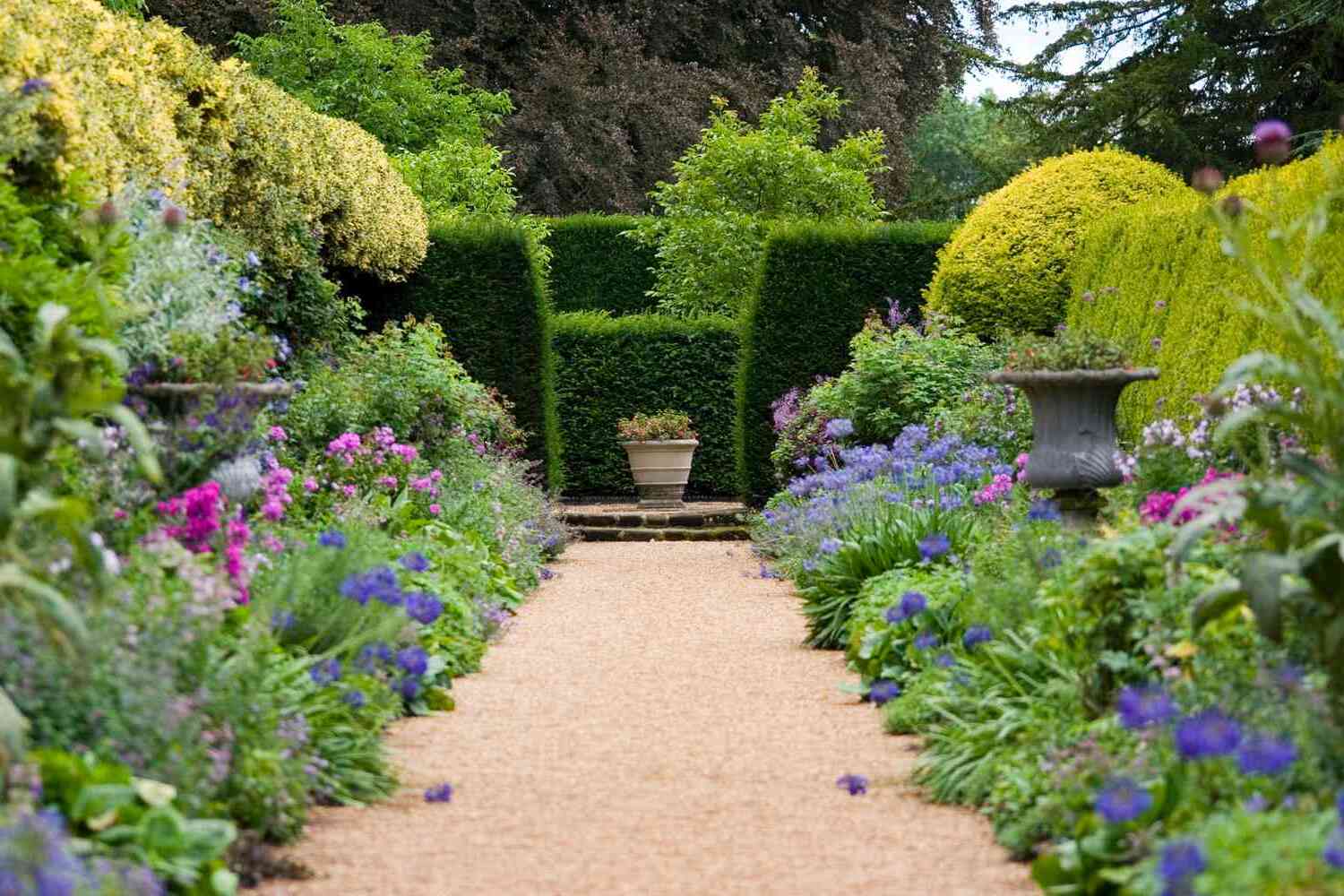
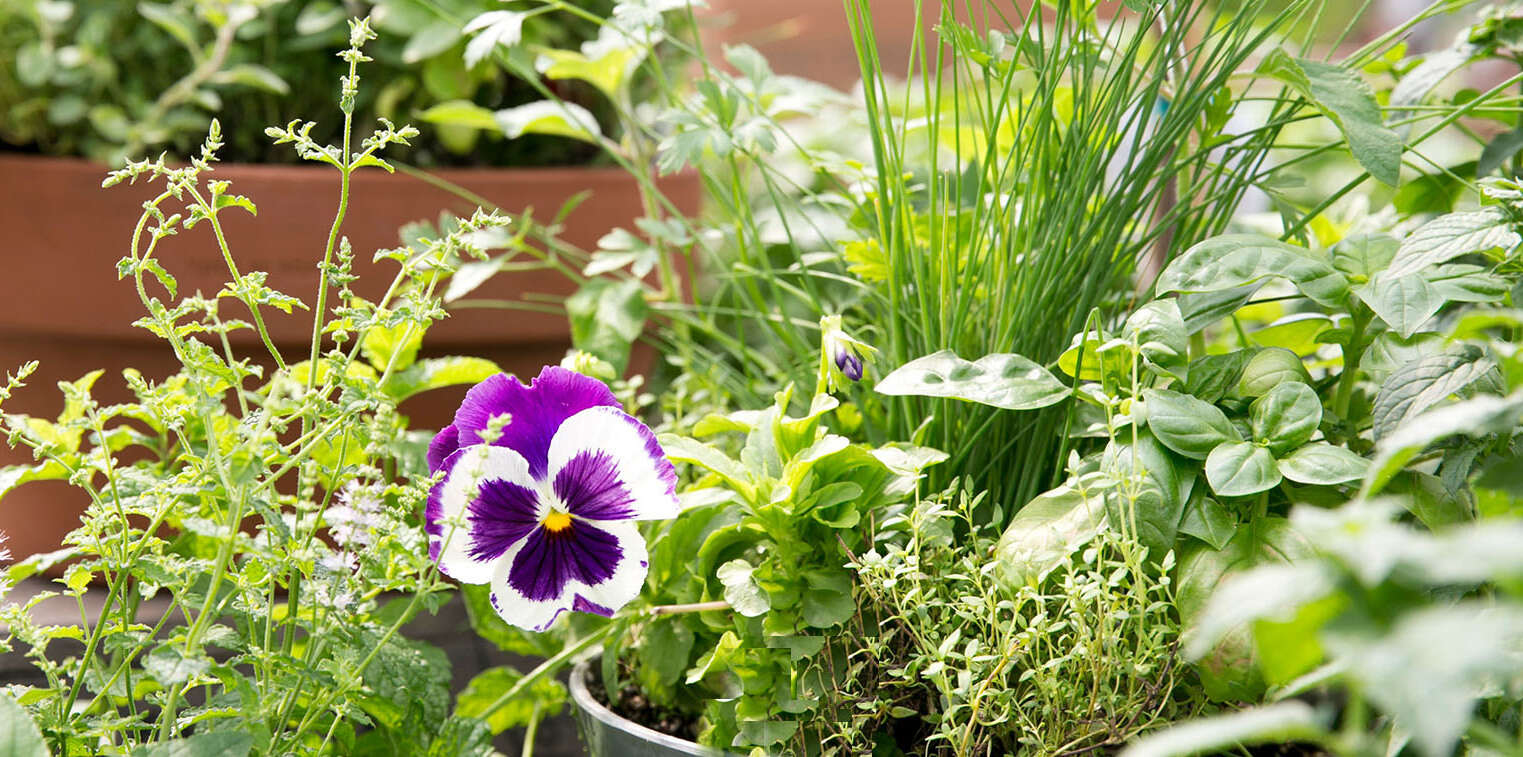
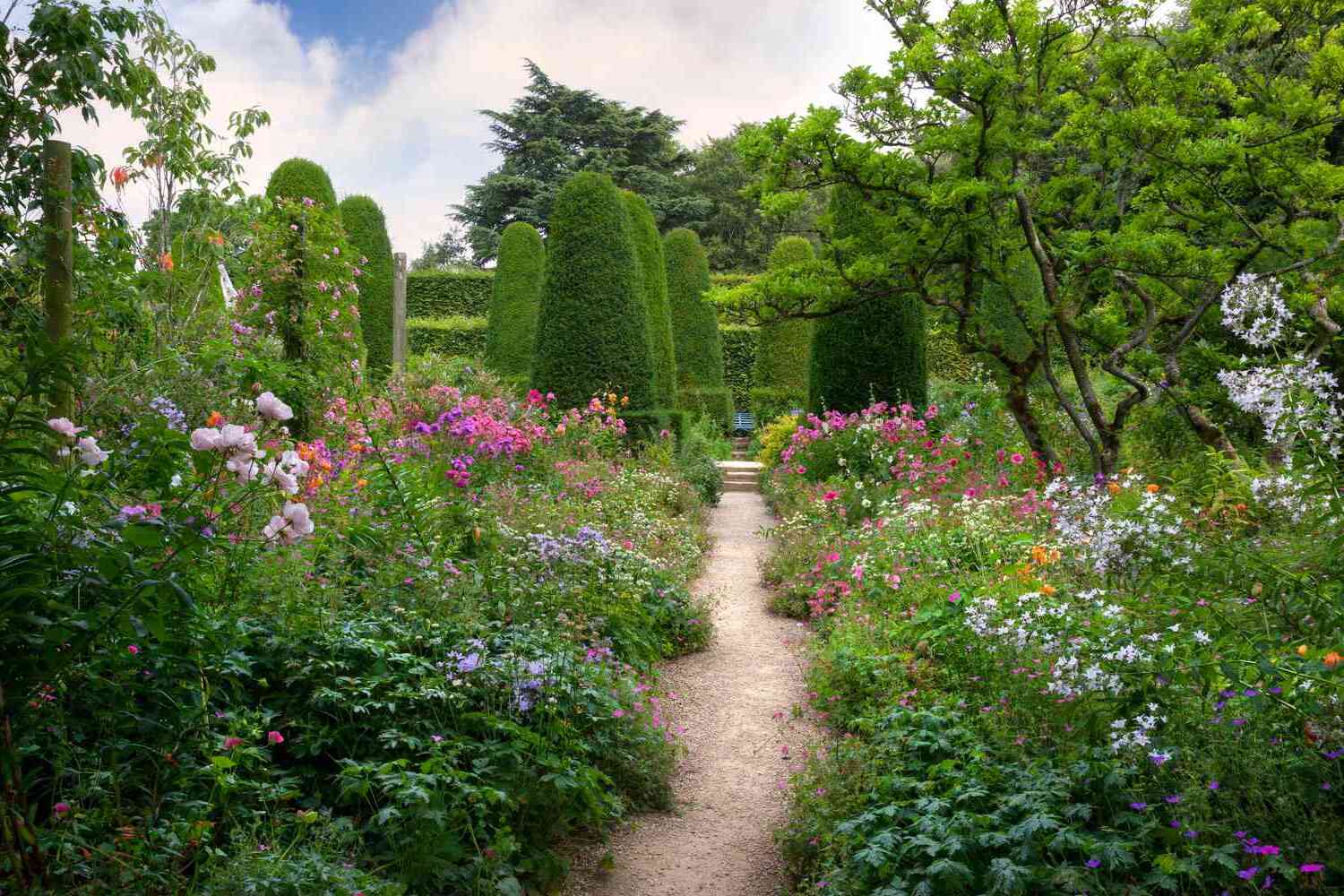
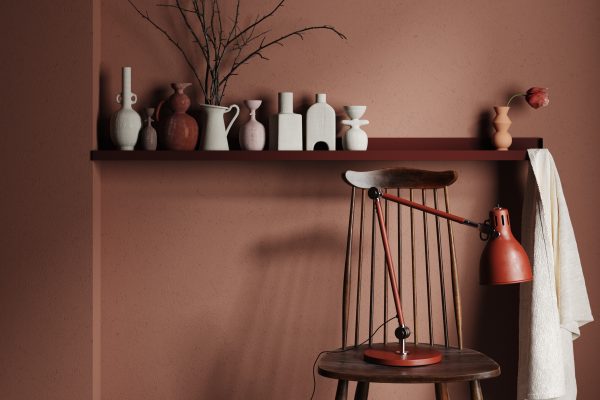
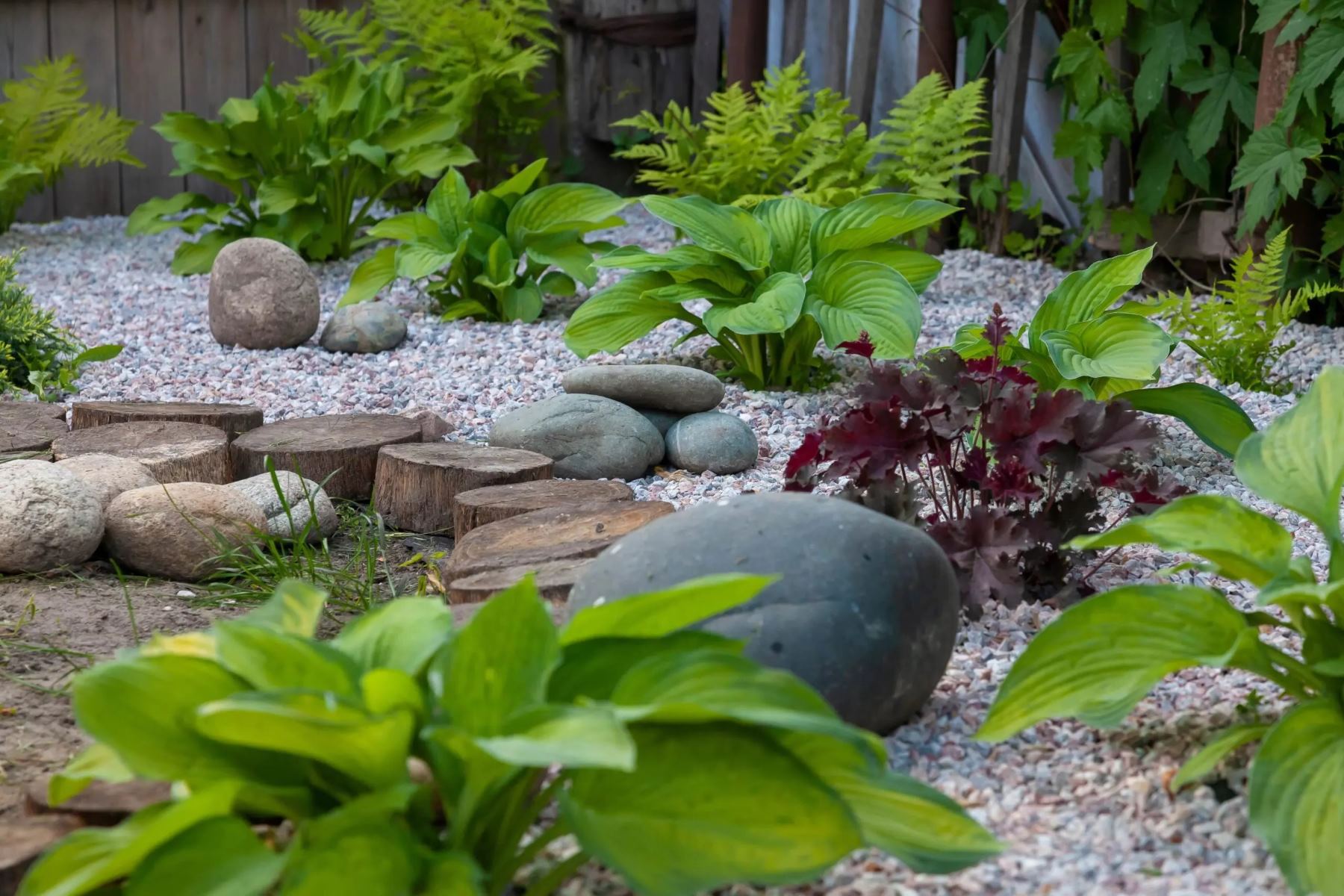
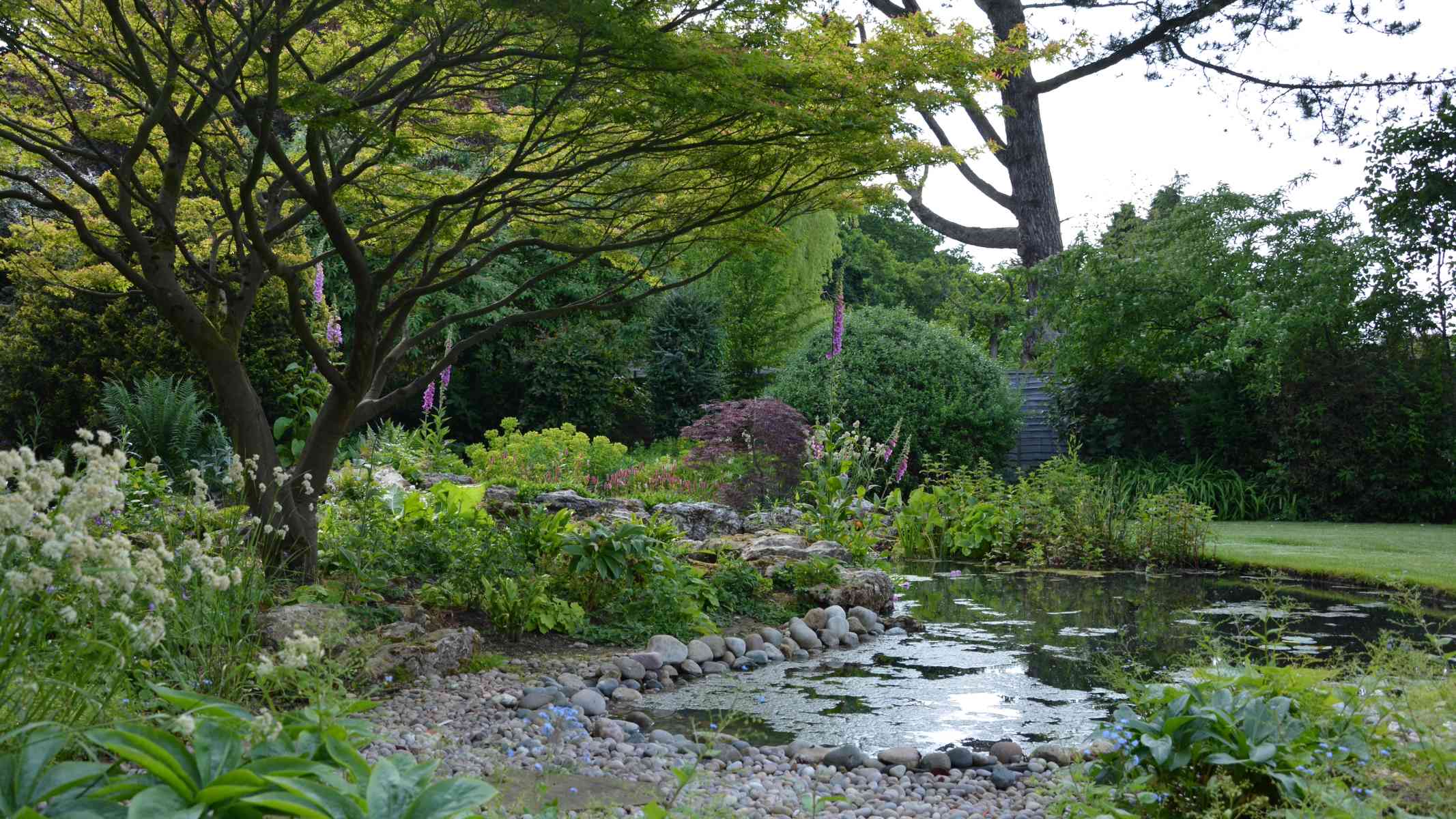
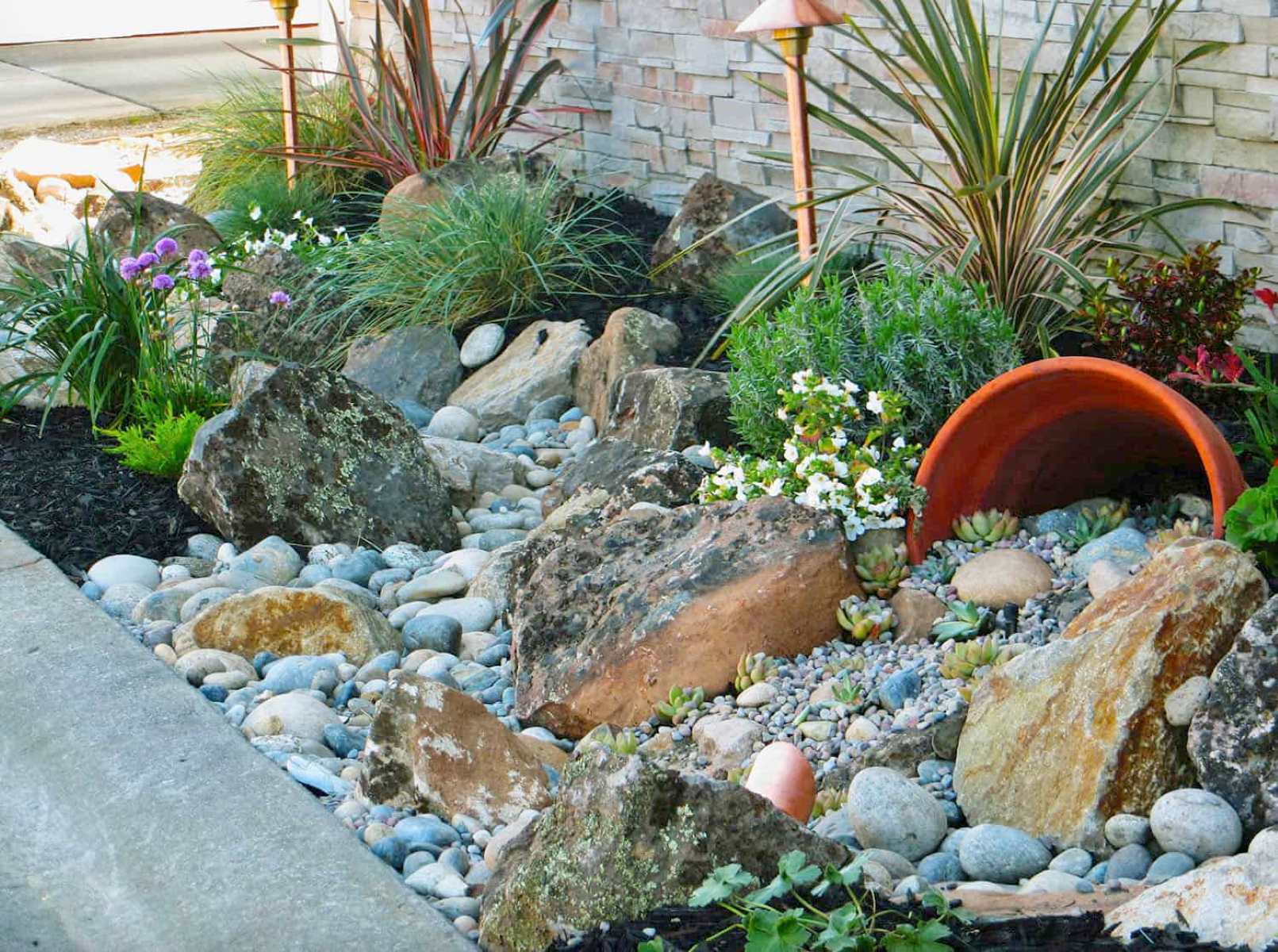
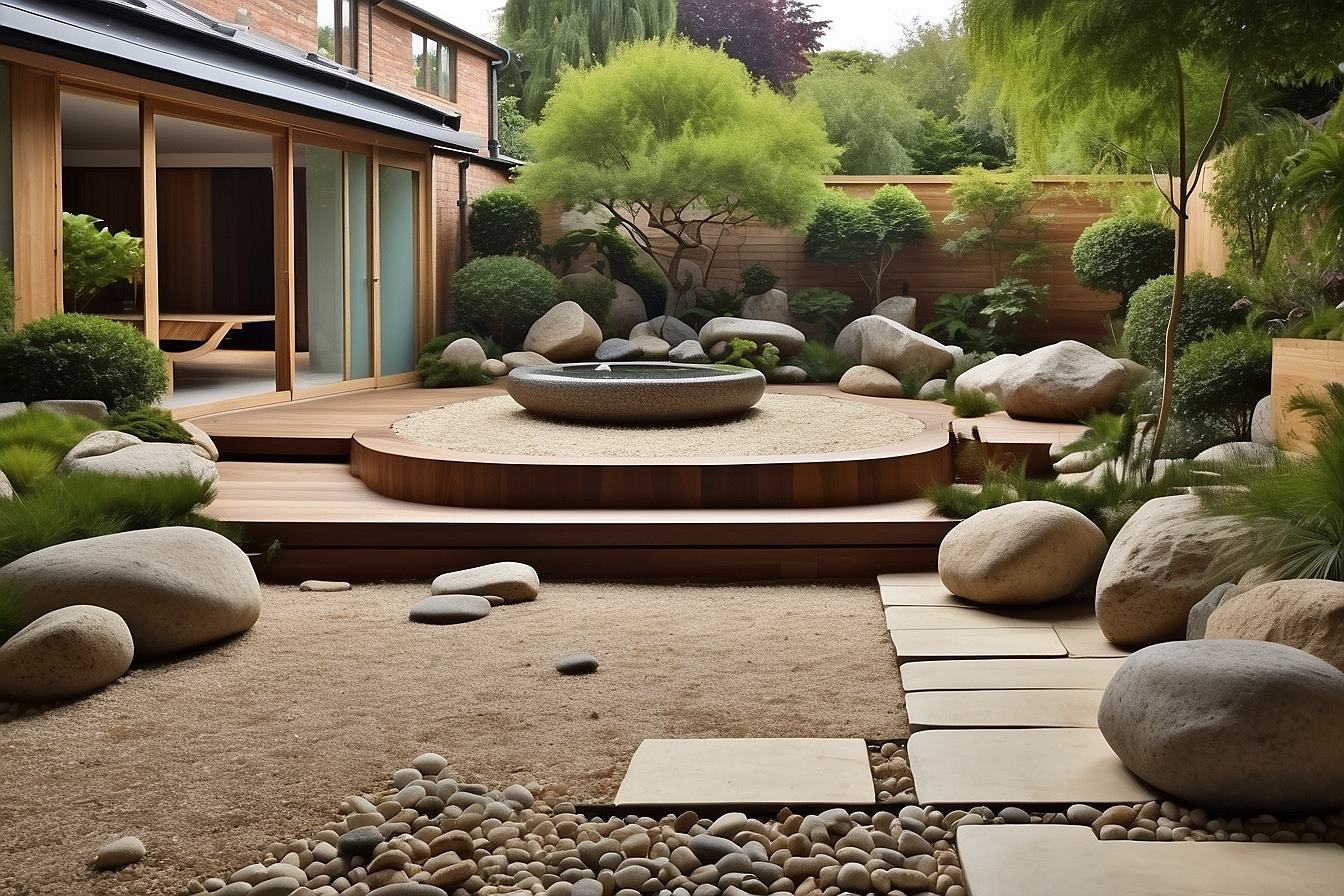
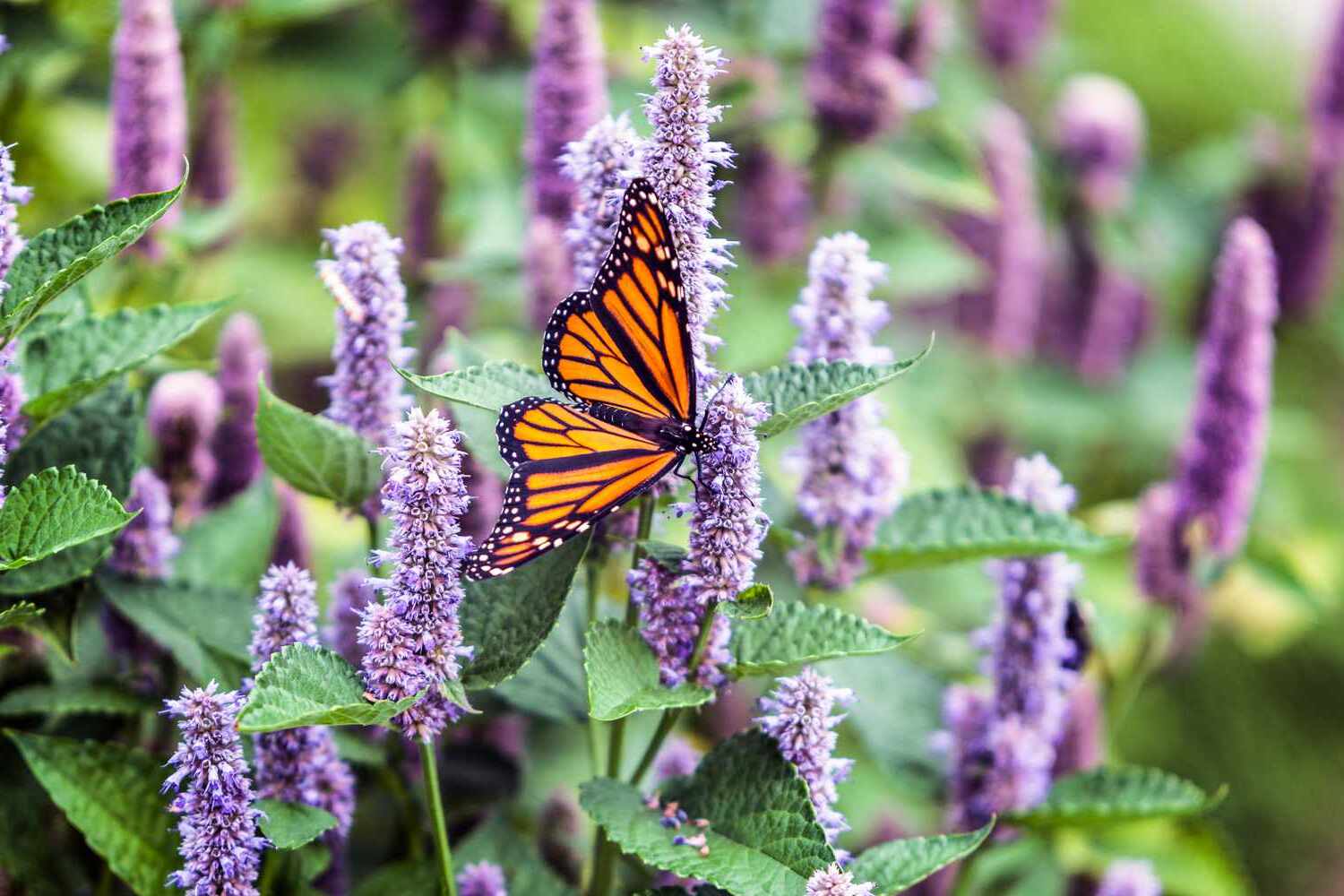
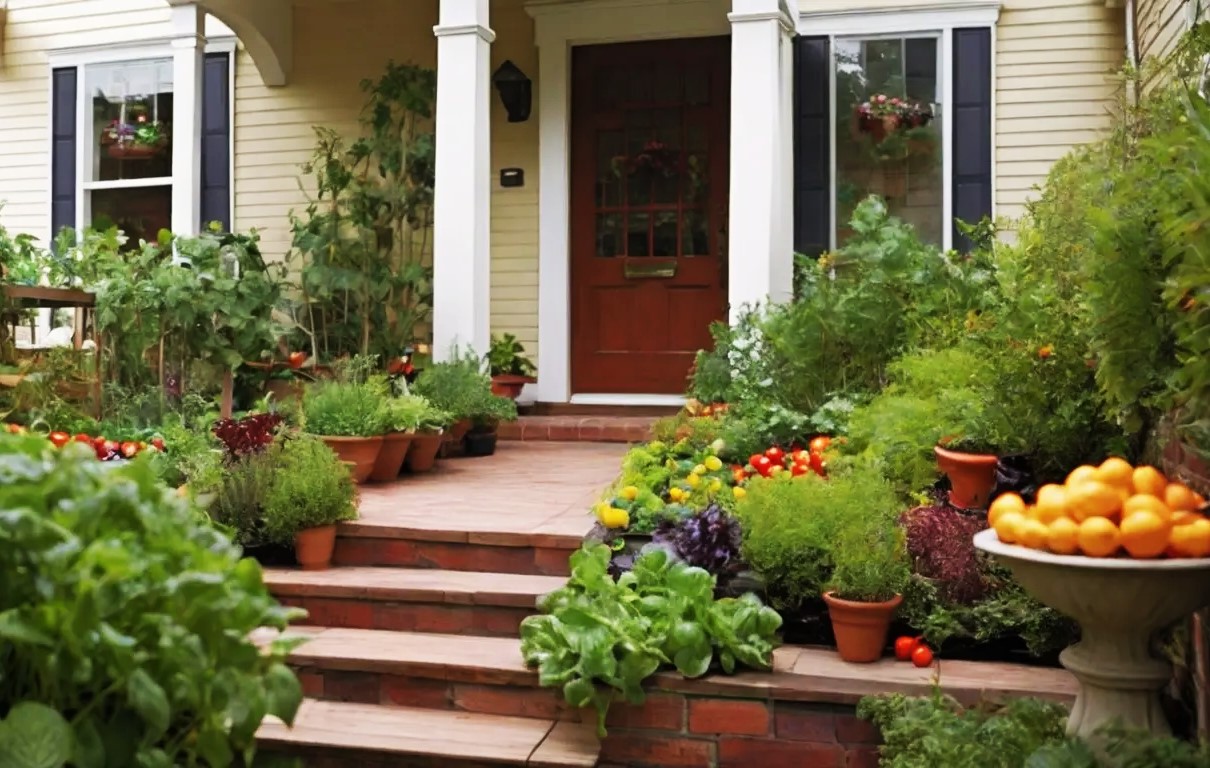

0 thoughts on “How To Design A Wildlife-Friendly Garden”